Lockdown: Victoria is forced to wait for more freedoms
Melburnians still can’t leave home without limitations with Daniel Andrews’ timeline a blow for many businesses.
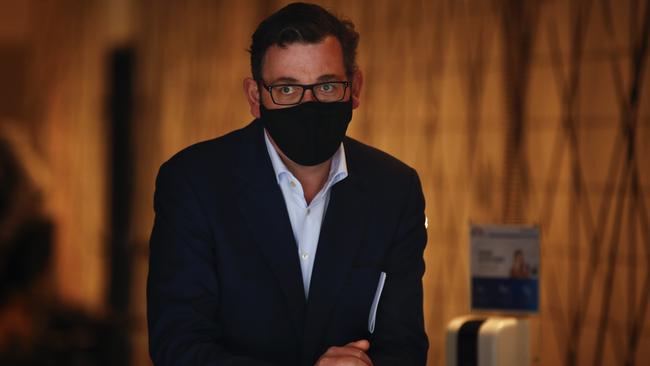
Melbourne remains three weeks away from a substantial easing of coronavirus restrictions that would allow the multi-billion-dollar hospitality and retail industries to reopen, prompting Scott Morrison to urge a faster lockdown exit and improved contact tracing.
Five million Melburnians still cannot leave home without limitations, even after the curfew has been lifted, with Premier Daniel Andrews’ “safe and steady” strategy a blow for many businesses.
The Prime Minister said it was important that Victoria do more in the weeks ahead to safely ease restrictions, noting that at similar case levels, NSW remained fundamentally open and “COVIDsafe” because of its world-class tracing facility.
Mr Morrison urged Victoria to review its current trigger of five daily cases to move to the third step, and zero new cases for the final step.
“Easing restrictions in Victoria in a COVIDsafe way is vitally important so that more Victorians can get back to work and resume their normal lives,” he said in a joint statement with Josh Frydenberg and Health Minister Greg Hunt. “Today’s announcement is a small but important step in that direction. It will be important that more be done in the weeks ahead to safely ease more restrictions.”
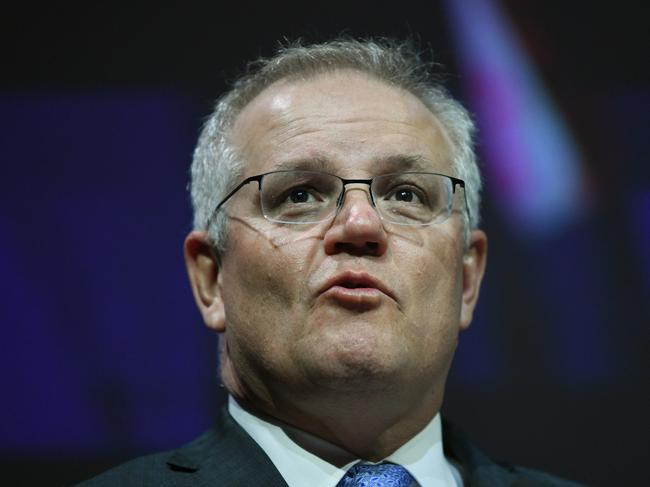
Unveiling the steps out of stage-four restrictions on Sunday, Mr Andrews said the timeline for future easing could be fast-tracked if case numbers dropped faster than previously anticipated.
The Victorian Premier also announced the scrapping of the curfew — which has confined five million Melburnians to their homes between the hours of 8pm (recently changed to 9pm) and 5am for the past eight weeks — following public health advice that it was no longer needed.
Announcing modest changes affecting work, education, social gatherings and healthcare practices as part of metropolitan Melbourne’s second step out of lockdown, Mr Andrews said case numbers were falling ahead of schedule, which would enable further decisions on easing restrictions on October 19.
In the meantime, from 11.59pm last night, Melburnians were permitted to gather publicly in groups of five to socialise, exercise with a personal trainer and attend small outdoor religious ceremonies. Weddings are allowed with only five people, including the two to be married.
Childcare centres can reopen without the need for parents to apply for a permit and restrictions on in-home childminding will also be lifted.
Once-daily shopping restrictions will be scrapped, and residential property inspections can resume.
Almost 130,000 Melburnians will be permitted to return to work — largely in construction, wholesale trade and manufacturing industries — and all primary school students will be back in class by the second week of term two.
There have been no changes to the restrictions affecting the city’s ravaged hospitality and retail industries, sparking criticism that the measures don’t go far enough.
Mr Andrews acknowledged that Sunday’s changes didn’t go as far as many Victorians would have wanted but urged the community to be patient. He said future decisions would be based solely on case numbers and not tied to previously outlined dates.
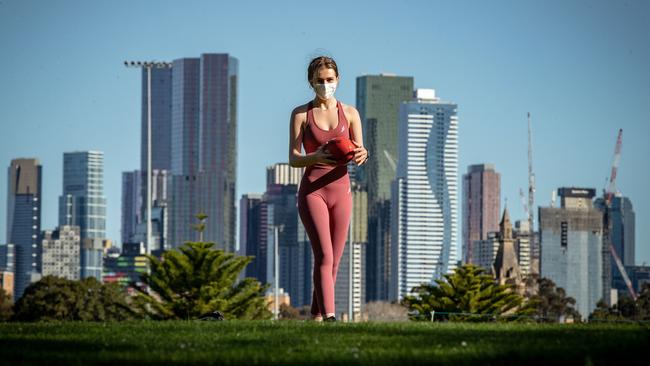
“There’s just three weeks to go before we can take a really big step,” he said. “We are at least a week ahead of schedule but we must wait and see how things unfold over these next three weeks.”
Victoria reported 16 new cases on Sunday, of which 10 were linked to aged-care centres.
It was the fifth consecutive day of cases in the low-teens. The last time Victoria reported successive days with cases that low was mid-June. Active cases numbers dropped to 399, the lowest level since June 30.
Two deaths were reported.
Multiple models relied upon by the government, including new modelling from the Burnet Institute that takes into account data from Victoria’s second wave outbreak, suggest the state was likely to reach a 14-day average of five cases a day between October 12 and 17, ahead of the October 26 target.
Such a milestone was to be the trigger for moving to the third stage of easing restrictions under the state’s recovery roadmap.

However, according to a summary of the latest evidence relied upon by the government, the new modelling has highlighted that opening too soon would be “dangerous”.
“Easing restrictions now would mean that bars and clubs could open, all workplaces could return, and small public gatherings could recommence,” says the summary document.
“Burnet Institute found that opening up too quickly would result in a 41 per cent chance of a third wave within four weeks. Reopening too soon risks wasting all the sacrifices Victorians have made over the last few months.”
Mr Andrews said the current strategy was designed “to get us to a COVID-normal Christmas”
“We are well on track, in fact we are ahead of time, when it comes to achieving that outcome,” he said.
“There are no short cuts.
“If we can stay the course, if we can just find it in ourselves to get this job done over the next three weeks, we will be able to take even bigger steps on October 19.”
The significant decline in mystery cases across the state was attributed to the government’s decision to drop its curfew, which is subject to a legal challenge before the Victorian Supreme Court.
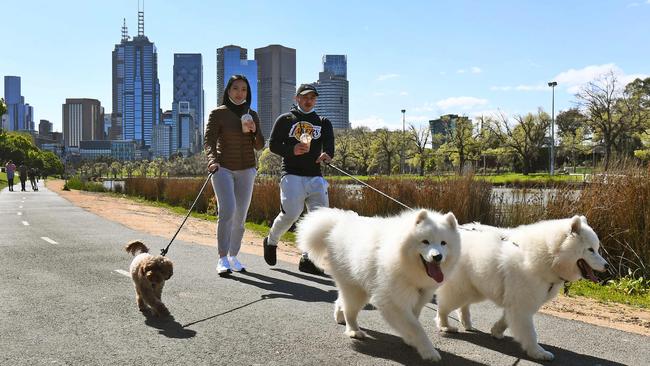
Victoria’s Chief Health Officer, Brett Sutton, said 15 of the 16 new cases reported on Sunday were linked to known cases or clusters. “The community cases we’re seeing are now very small in number,” Professor Sutton said.
“We’re getting to one, two, three community cases a day.
“It’s my view and the public health team’s view that the curfew is not a proportionate measure to have in place going forward.”
In its place, those who breach health directions by having gatherings in private homes face a fine of almost $5000, up from $1652.
Sunday’s changes drew a lukewarm response from industry and business and calls for the roadmap to be accelerated.
Victorian Ai Group head Tim Piper said Sunday’s announcements were a “step in the right direction” but left many businesses “extremely vulnerable”.
He called for “sensible, reasonable and proportionate” easing of restrictions and targeting of future restrictions at areas of risk rather than the general community. “We welcome the sensible changes to manufacturing arrangements, meat processing and abattoir arrangements in metro and regional areas and to the food distribution wholesaling employee numbers,” Mr Piper said.
“There remains uncertainty for businesses given the suppression strategy that threatens to permanently suppress businesses as well as the virus.”
The Victorian head of the Australian Hotels Association, David Canny, was disappointed that metropolitan Melbourne venues still could not open for business despite their willingness to operate within a COVIDsafe model.
More Coverage
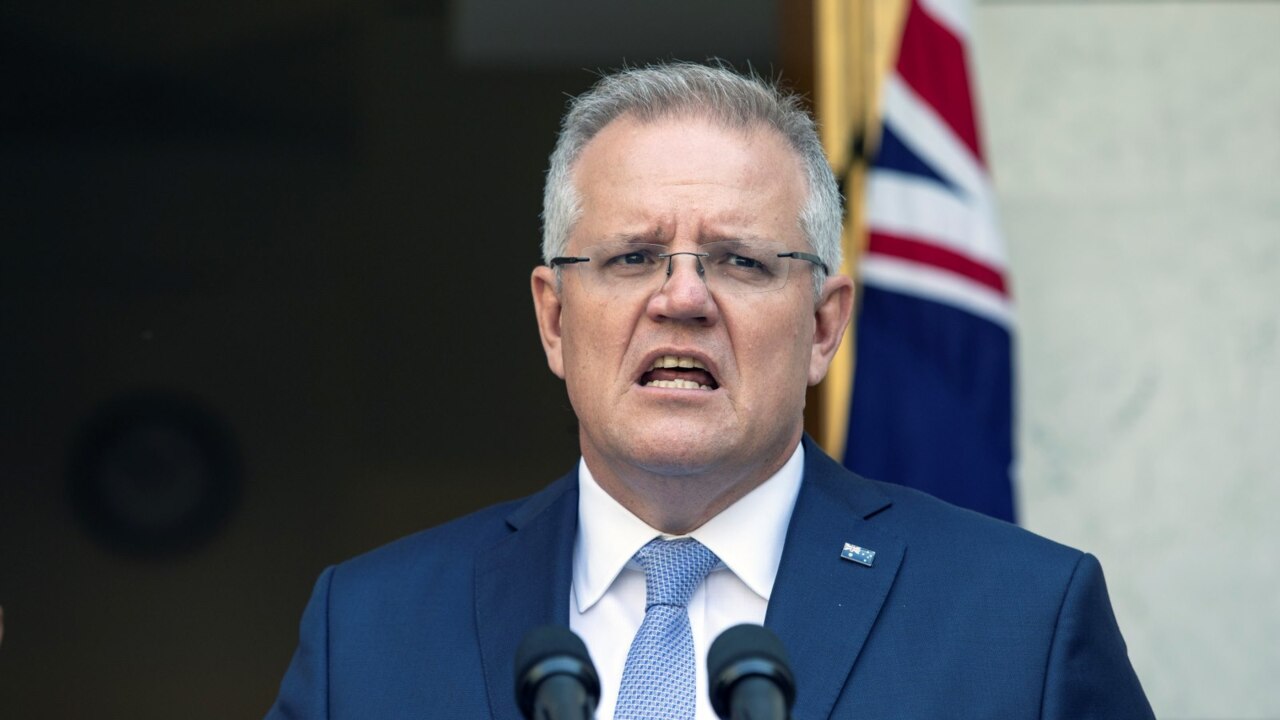

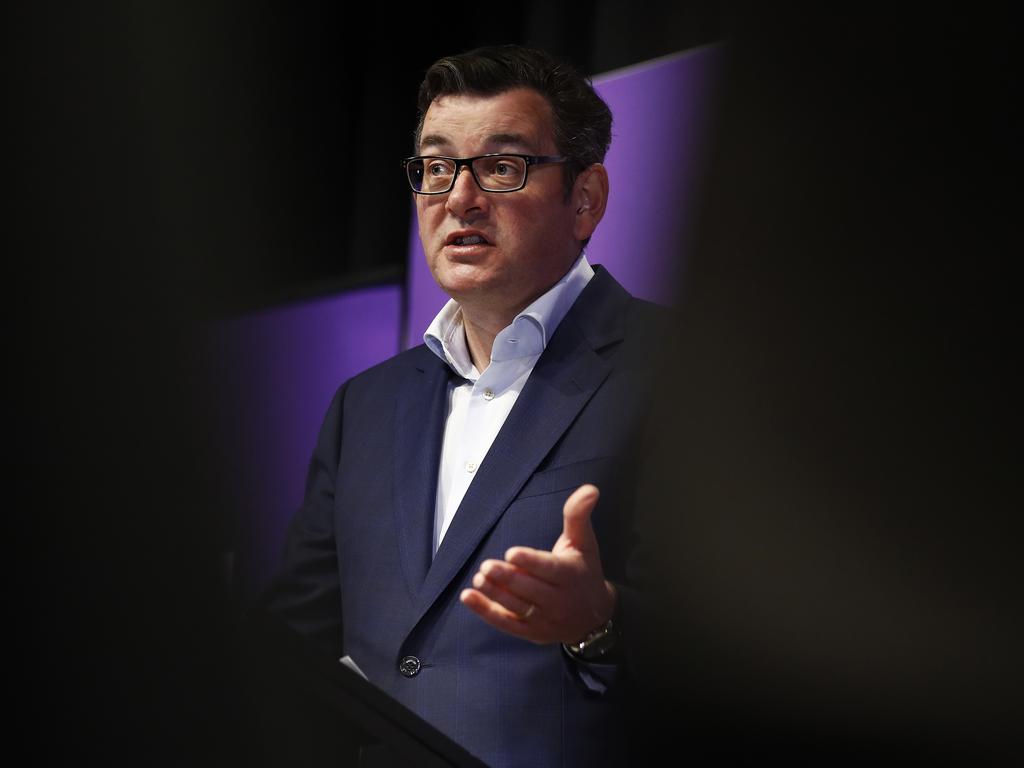

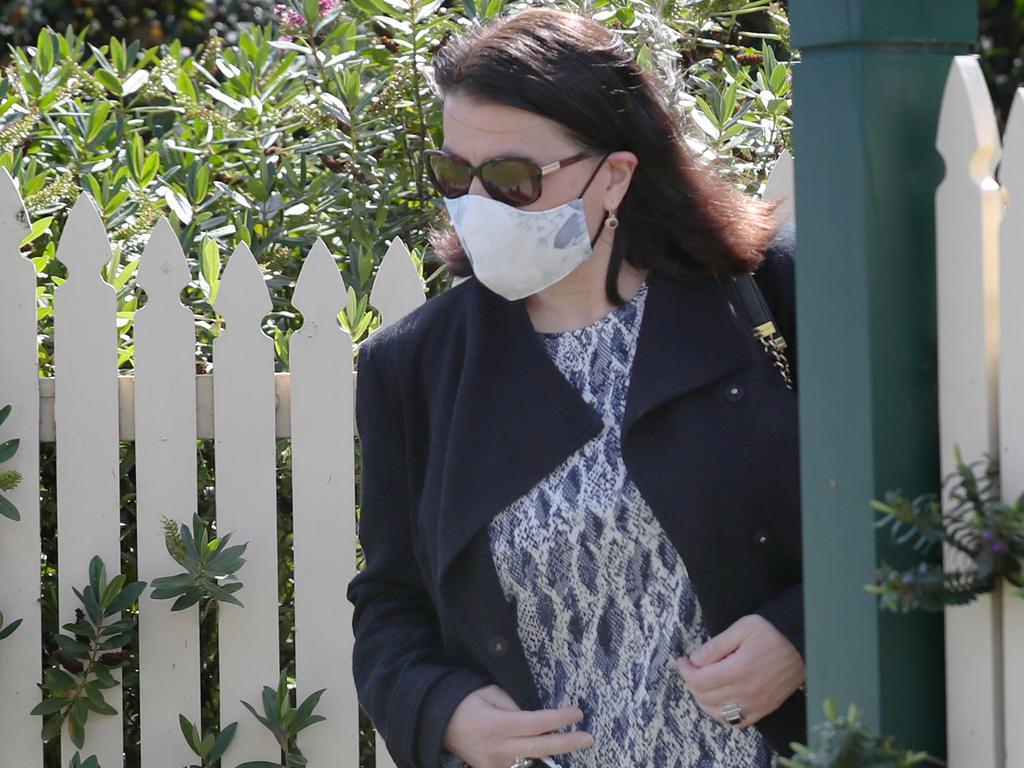
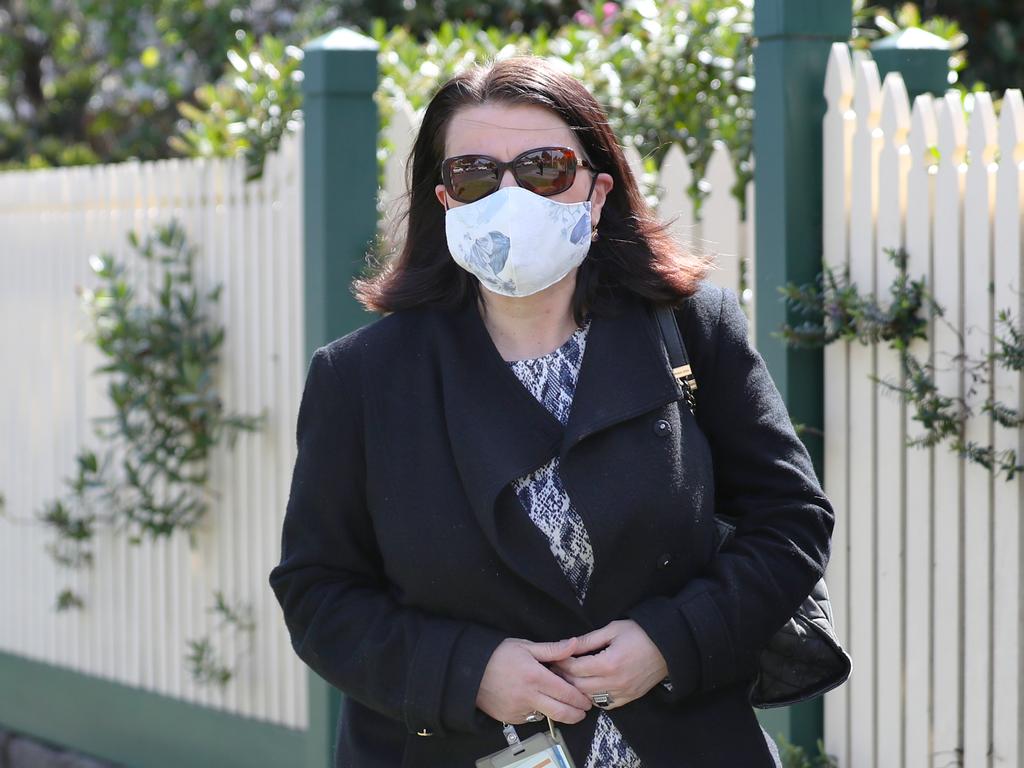


To join the conversation, please log in. Don't have an account? Register
Join the conversation, you are commenting as Logout